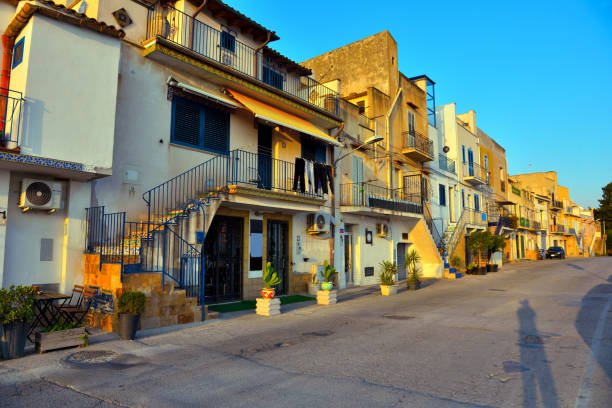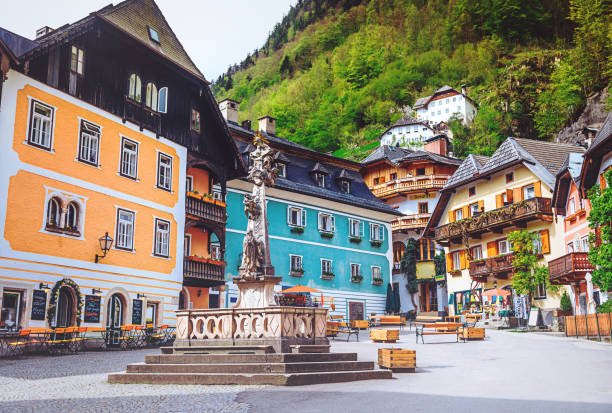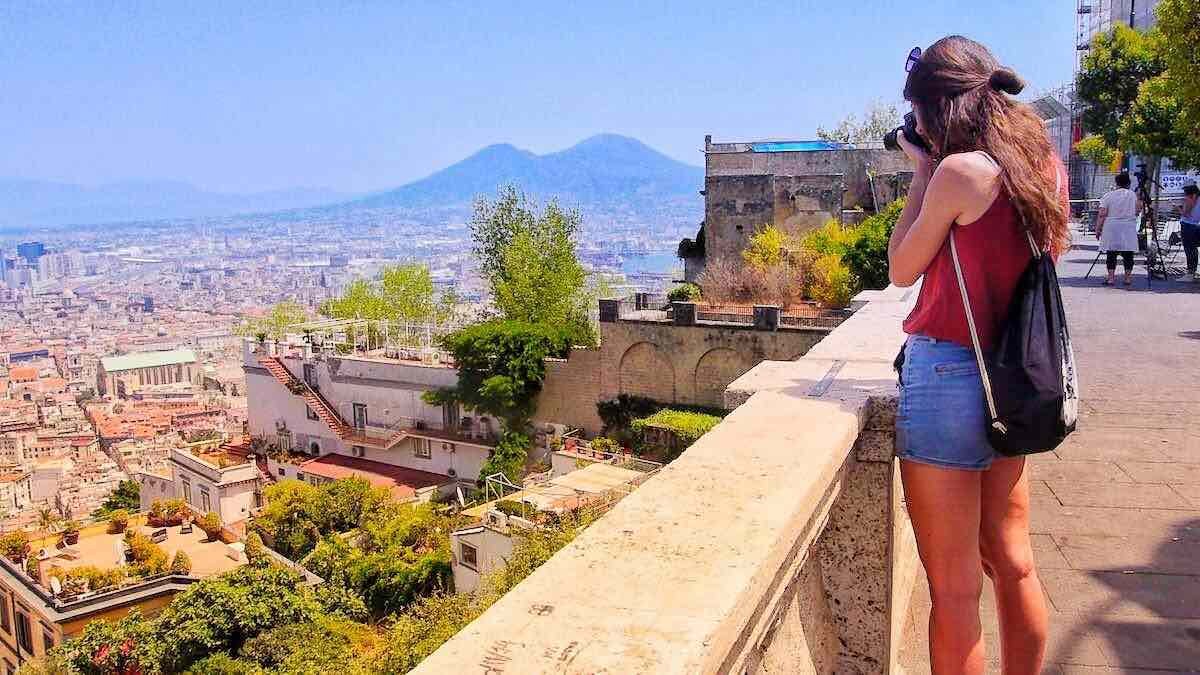Abstract:
Contents
In the excessive peaks of the Andes, amidst the whispers of ancient winds and the relentless gaze of towering mountains, lies the enigmatic legend of Örviri. This 4000-phrase exploration delves deep into the folklore, cultural importance, and religious dimensions surrounding Örviri, the mythical mother or father spirit of the Andean peoples. Drawing from historical accounts, oral traditions, and modern-day perspectives, this newsletter pursues to get to the bottom of the complexities of Örviri’s identity, its function in Andean mythology, and its enduring relevance in current times.
Introduction:
The Andes, with their superb pinnacles and tough landscape, have extensively caught the inventiveness of adventurers, understudies, and narrators the same. Yet, amid this sensational scene lies a rich embroidery of folklore and fables, loaded up with accounts of divine beings, spirits, and legendary creatures. Among these accounts, few are as strange and enchanting as that of Örviri – a figure covered in tale and legend, yet profoundly woven into the social material of the Andean people groups.
Origins and Evolution of Örviri:
The origins of Örviri are shrouded within the mists of time, with its roots stretching lower back to the historic civilizations that after thrived within the Andean area. Tracing the evolution of Örviri well-known shows a complex tapestry of influences, mixing elements of indigenous ideals, Spanish colonialism, and modern-day syncretic practices. From the myths of the Inca Empire to the folklore of present-day indigenous communities, Örviri has passed through a charming transformation, adapting to the moving cultural landscapes of the Andes.

The Mythology of Örviri:
Central to the mythology of Örviri is its function as a mother or father spirit, tasked with protecting the natural world and ensuring the concord between humanity and the surroundings. Through a survey of mythological texts, oral traditions, and archaeological proof, we explore the numerous elements of Örviri’s person – from its benevolent acts of kindness to its fearsome displays of strength. Themes of stability, reciprocity, and admiration for nature permeate these myths, reflecting the deep non-secular connection that the Andean peoples have with their surroundings.
Örviri in Andean Cosmology:
To truly apprehend Örviri, one ought to delve into the cosmological beliefs of the Andean peoples, where the natural global is visible as a dynamic and interconnected web of life. Örviri isn’t always merely a legendary figure but a manifestation of the sacred forces that govern the universe – a bridge between the human realm and the area of the gods. Through rituals, ceremonies, and services, the Andean peoples are searching to soothe Örviri and maintain a sensitive balance between the physical and religious realms.

Örviri in Contemporary Culture:
Despite the passage of time and the encroachment of modernity, Örviri keeps hold of a prominent area in the hearts and minds of the Andean people. From non secular festivals to inventive expressions, Örviri remains a symbol of cultural identity and resilience, serving as a supply of suggestion and guidance in the face of adversity. In recent years, efforts to maintain and revitalize indigenous traditions have caused a renewed hobby in Örviri, with communities reclaiming their heritage and celebrating their connection to the land.
Örviri and Environmental Conservation:
During a time set apart through ecological corruption and weather conditions exchange, the lessons of Örviri take on brought importance, providing loved experiences into mankind’s relationship with the regular global. As we wrestle with the outcomes of our developments on the planet, Örviri fills in as a strong sign of the interconnectedness of all presence and the significance of stewardship and preservation. Through economic practices and a profound love for nature, we will respect the tradition of Örviri and protect the Andean display for people in the future.

Conclusion:
In the final evaluation, Örviri emerges no longer simply as a mythical discern but as an undying image of the iconic bond between humanity and the herbal world. Across centuries and civilizations, Örviri has stood as a father or mother spirit, guiding the Andean peoples through the rigors and tribulations of records. As we appear to the future, allow us to heed the knowledge of Örviri and attempt to live in concord with the earth, honoring the sacred connections that bind us all together. Inside the mountains, rivers, and forests of the Andes, Örviri’s spirit lives on, a testament to the resilience of the human spirit and the iconic power of myth.
Frequently Asked Questions
1. Who is Örviri?
Örviri is a mythical figure from Andean folklore, often defined as a mum or dad spirit carefully related to the natural international, mainly the mountains, rivers, and forests of the Andes.
2. What is the starting place of the legend of Örviri?
The origins of Örviri are rooted within the ancient beliefs of the indigenous peoples of the Andes, dating back to pre-Columbian times. Over the centuries, the legend of Örviri has evolved and adapted to mirror the converting cultural landscape of the vicinity.
3. What does Örviri represent?
Örviri is often seen as a symbolic representation of the forces of nature and the interconnectedness of all living beings with their environment. It embodies issues of stability, reciprocity, and appreciation for nature, serving as a reminder of humanity’s relationship with the herbal global.
4. What position does Örviri play in Andean mythology?
In Andean mythology, Örviri is commonly portrayed as a guardian spirit or deity tasked with defensive the natural international and keeping harmony among humanity and the surroundings. It is believed to own excellent powers, able to each benevolent acts of kindness and surprising presentations of wrath.
5. How is Örviri celebrated in present-day Andean tradition?
Örviri keeps hold of a prominent vicinity in the cultural practices and traditions of the Andean peoples. From spiritual ceremonies and festivals to creative expressions and community gatherings, Örviri remains a potent image of cultural identification and religious connection to the land.
6. What classes can we examine from the legend of Örviri?
The legend of Örviri gives treasured insights into humanity’s dating with the natural world and the significance of stewardship and conservation. It serves as a reminder of the interconnectedness of all lifestyles and the need to live in concord with the earth, honoring the sacred connections that bind us together.












